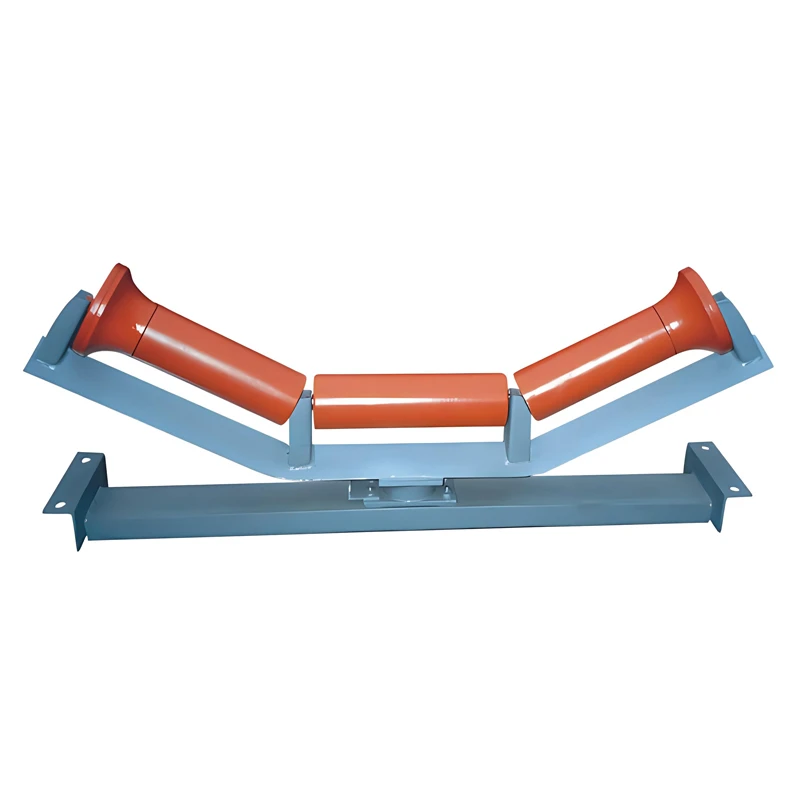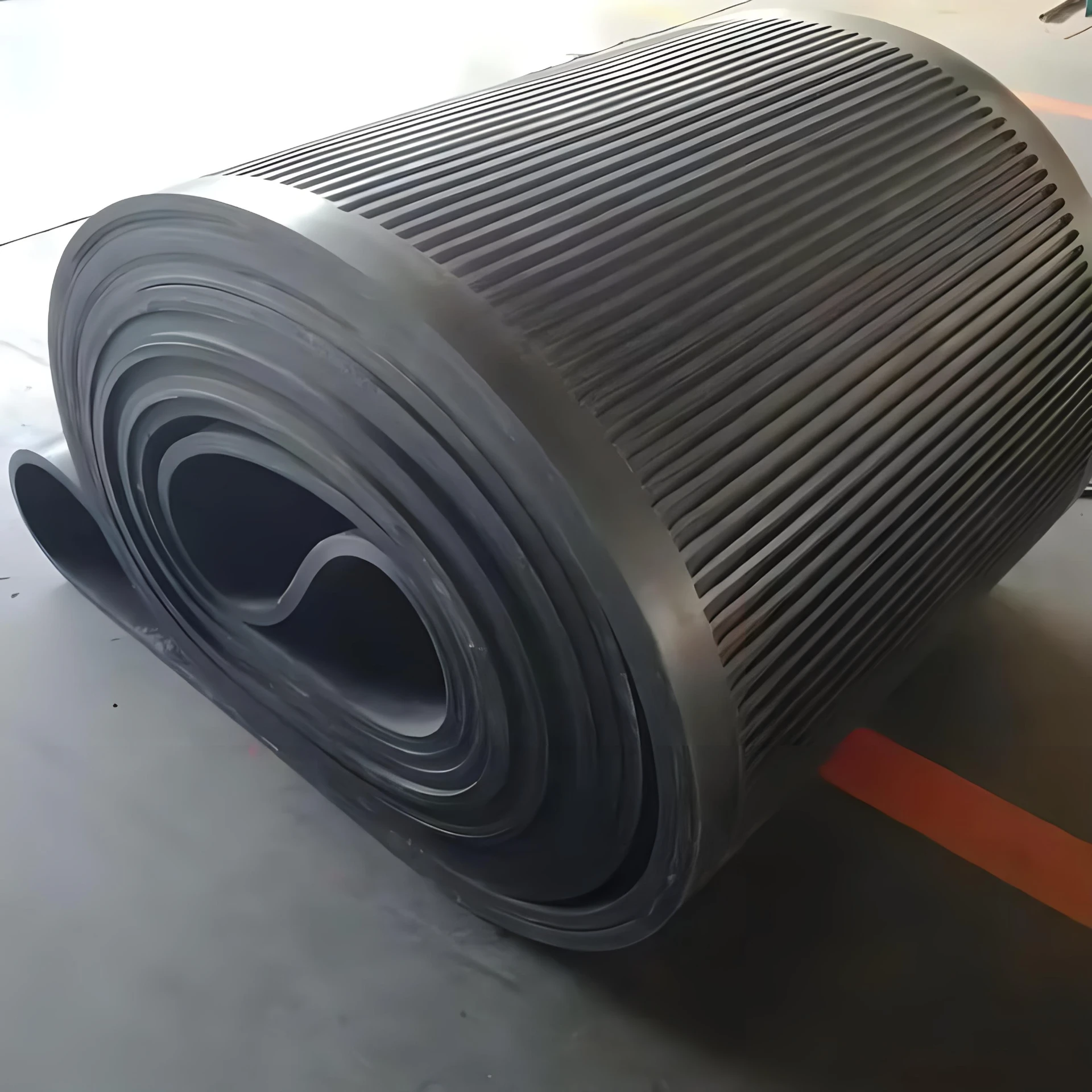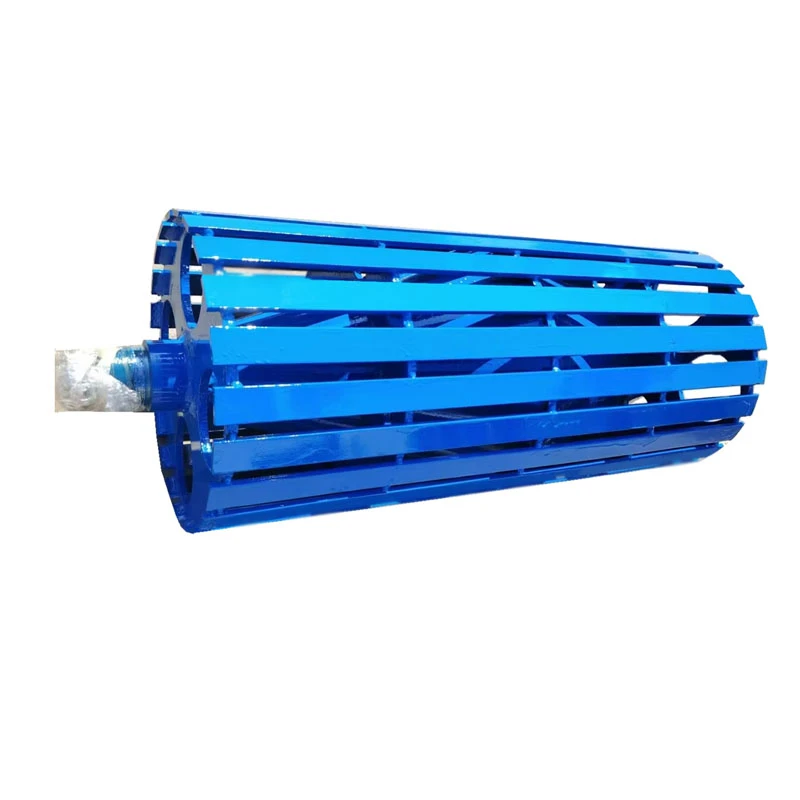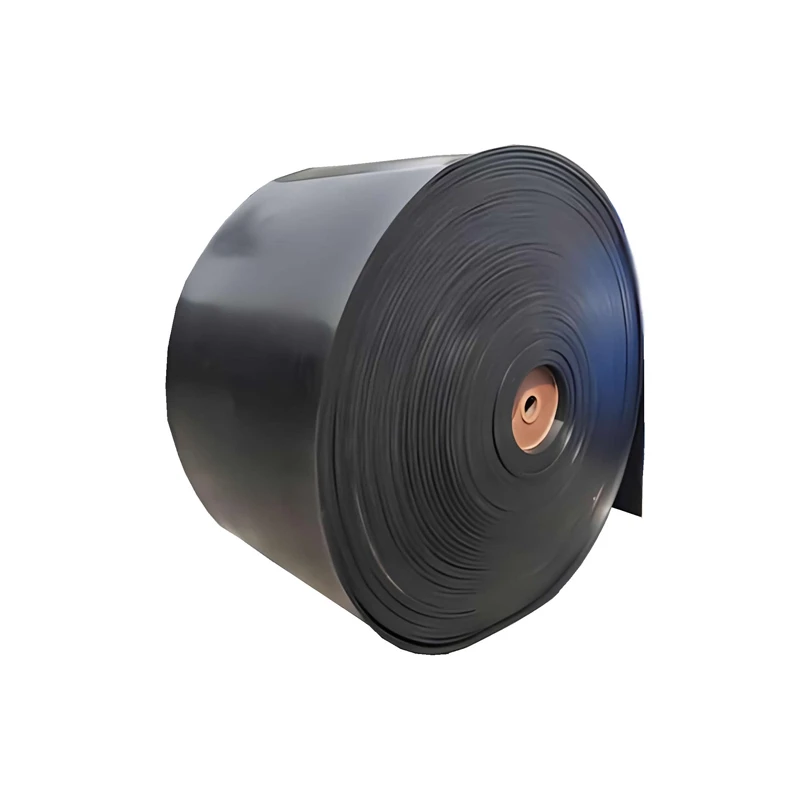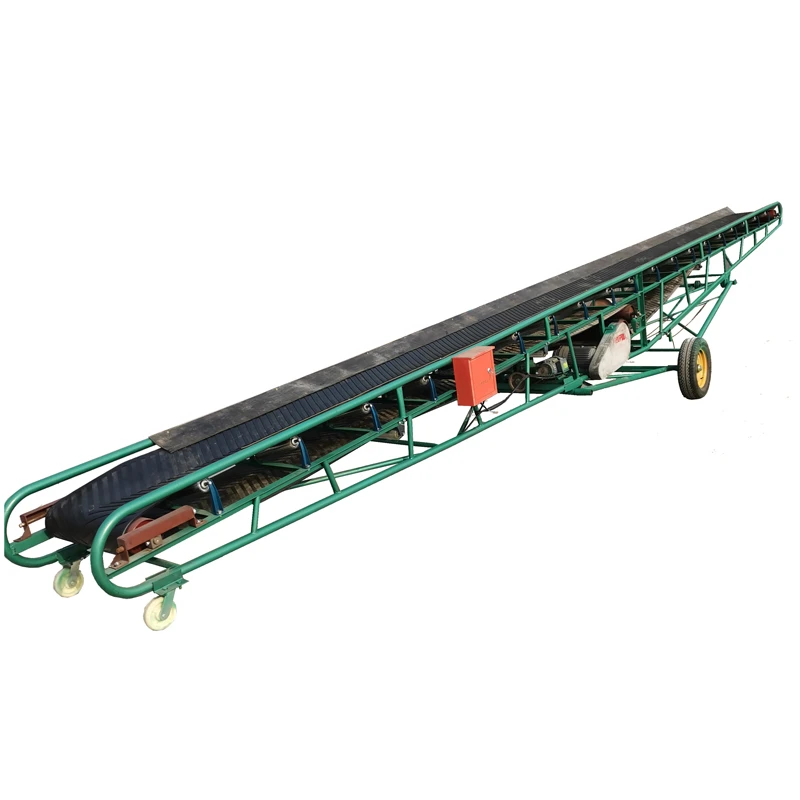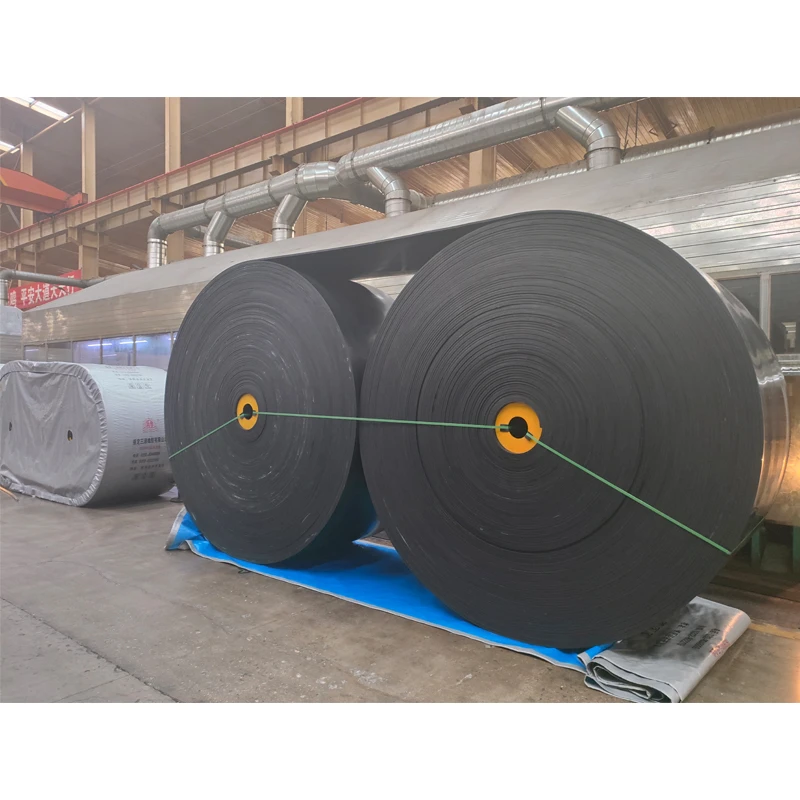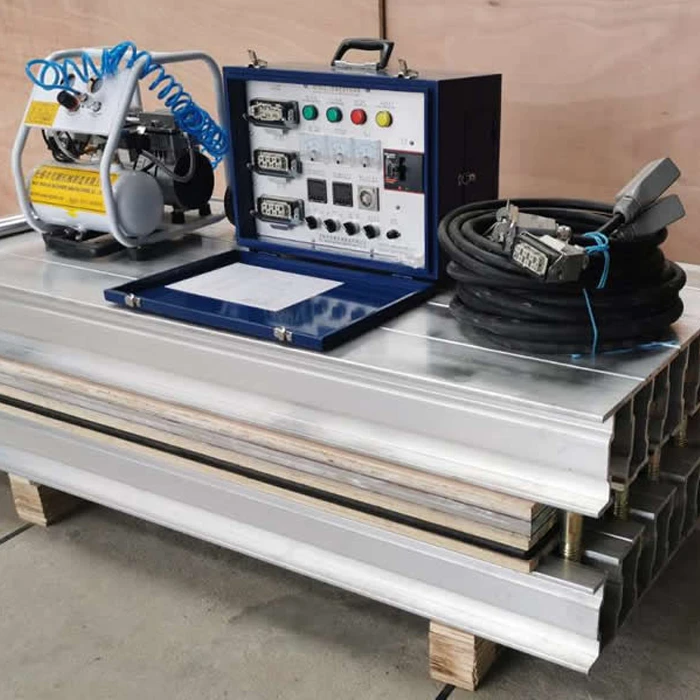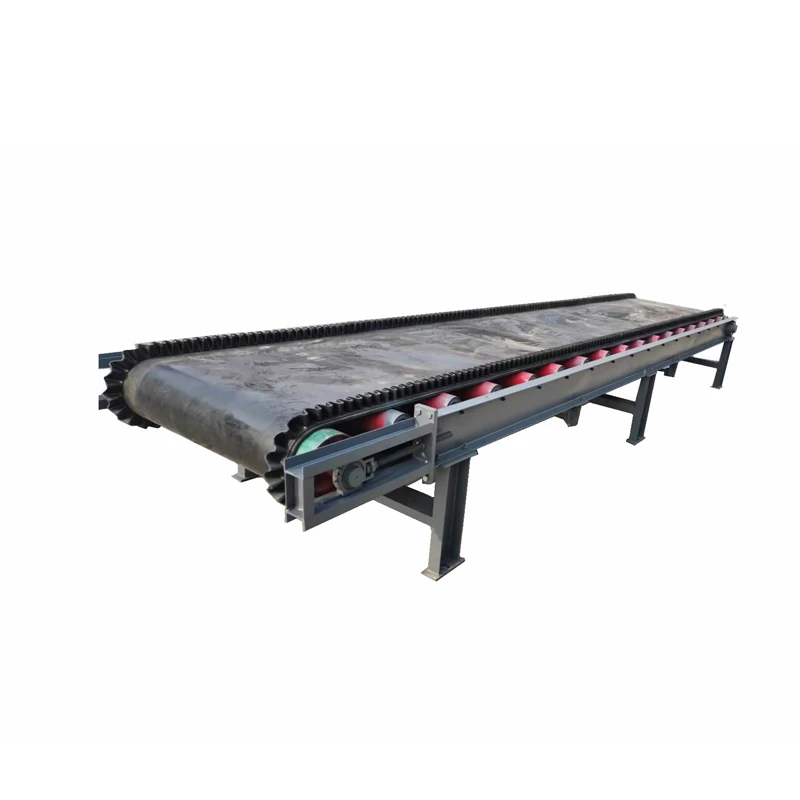The electromagnetic iron remover is a critical component in modern industrial systems, designed to eliminate ferromagnetic impurities from material streams. This device plays a pivotal role in ensuring the safe and efficient operation of mechanical equipment such as crushers, grinders, and conveyor systems. By effectively removing contaminants, it prevents equipment damage, reduces maintenance costs, and improves the quality of raw materials. In this article, we delve into the features, technical specifications, applications, and the company behind this innovative solution.
Product Overview
The electromagnetic iron remover is engineered to address the challenges of ferromagnetic contamination in industrial processes. It is particularly effective in environments where materials are transported via conveyor belts, as it can continuously suction and dispose of iron particles. This device is available in multiple configurations, including manual, automatic, and program-controlled unloading systems, catering to diverse operational needs. Its design allows for seamless integration into existing production lines, making it a versatile solution for various industries.
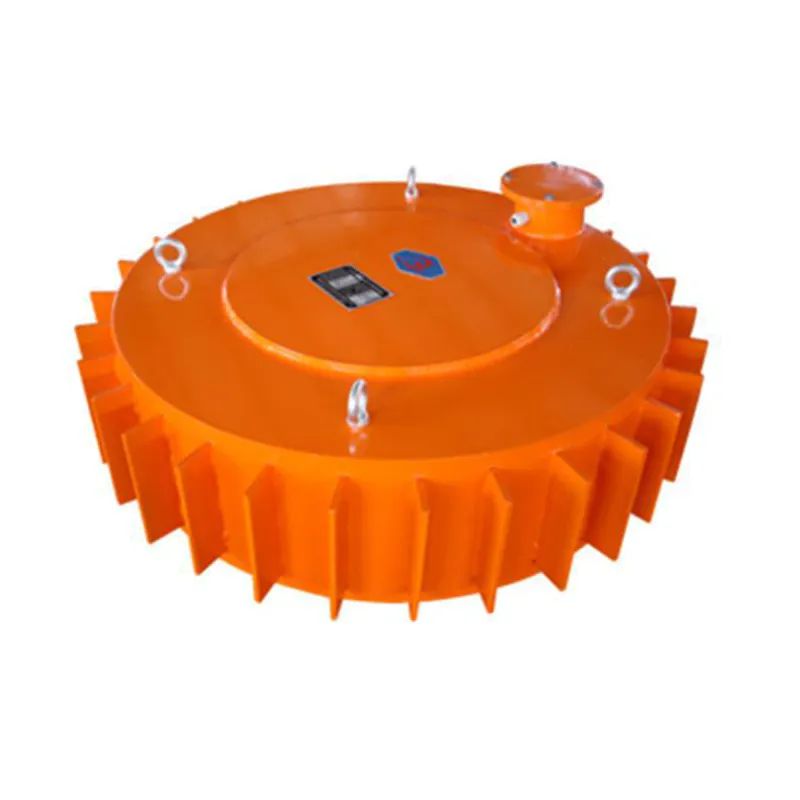
Product showcase of the electromagnetic iron remover.
Key Features and Advantages
The electromagnetic iron remover offers several advantages that make it a preferred choice in industrial applications:
- Effective Iron Removal: The device efficiently eliminates ferromagnetic impurities, ensuring the safety and longevity of mechanical equipment.
- Prevention of Accidents: By removing large and long iron parts, it minimizes the risk of damage to conveyor belts and other machinery.
- Improved Material Quality: The removal of contaminants enhances the grade of raw materials, leading to higher product quality.
- Customizable Unloading Methods: Available in manual, automatic, and program-controlled modes, it adapts to different operational requirements.
- Flexible Installation: The device can be adjusted to optimal suspension heights, ensuring maximum iron removal efficiency.

Installation flexibility of the electromagnetic iron remover.
Technical Specifications
| Parameter | Specification |
|---|---|
| Magnetic Field Strength | Varies based on model; optimized for maximum iron removal efficiency. |
| Unloading Methods | Manual, automatic, and program-controlled options available. |
| Material Compatibility | Designed for use in industries such as metallurgy, mining, and food processing. |
| Installation Height | Optimal performance achieved at lower suspension heights (as per site-specific requirements). |
| Material Thickness | Thinner materials yield higher iron removal rates. |
| Application Scope | Suitable for continuous operation in conveyor systems and industrial processing lines. |
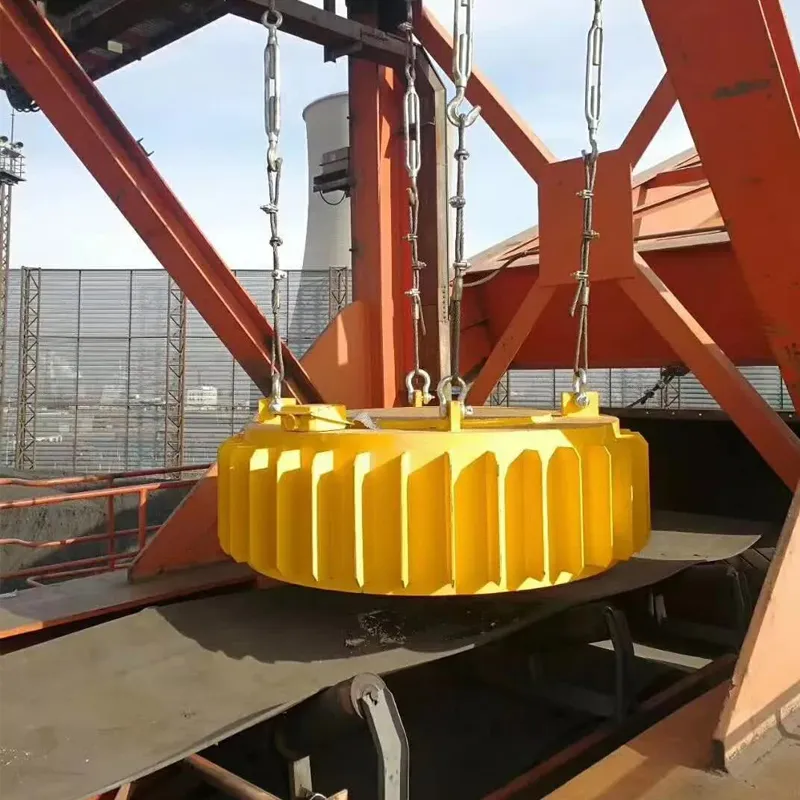
Technical details of the electromagnetic iron remover.
Applications in Various Industries
The electromagnetic iron remover is widely used across multiple sectors, including:
- Metallurgy and Mining: Removes iron contaminants from raw ore and processed materials.
- Power Plants: Ensures the safety of conveyor systems by eliminating metallic debris.
- Ceramics and Glass: Maintains product purity by preventing iron contamination.
- Cement and Building Materials: Enhances the quality of raw materials used in construction.
- Chemical and Food Processing: Prevents contamination in sensitive production environments.
- Waste Treatment: Recovers valuable steel from industrial waste streams.
Company Background: Hebei Roule Transport Machinery Manufacturing Co., Ltd.
Founded in 2005, Hebei Roule Transport Machinery Manufacturing Co., Ltd. is a leading manufacturer of industrial conveyor belt solutions. The company specializes in designing and producing high-quality magnetic separators, including the electromagnetic iron remover. With a focus on innovation and customer satisfaction, Hebei Roule has established itself as a trusted name in the industry. The company's products are widely used in large steel enterprises, metal mines, and other industrial sectors, contributing to operational efficiency and safety.
Installation and Operational Guidelines
To maximize the performance of the electromagnetic iron remover, proper installation is critical. Key considerations include:
- Suspension Height: The device should be positioned as low as possible without interfering with conveyor belt operations. Lower suspension heights enhance iron removal efficiency.
- Material Thickness: Thinner material layers allow for better magnetic field penetration, resulting in higher iron removal rates.
- Correct Angle: If the device is installed at an angle, it must be adjusted to the optimal position to ensure even coverage of the material stream.
- Magnetic Field Strength: The device's magnetic field strength must be adequate to attract and retain ferromagnetic impurities effectively.
Conclusion
The electromagnetic iron remover is an essential tool for maintaining the safety and efficiency of industrial processes. Its ability to remove ferromagnetic impurities ensures the smooth operation of machinery, reduces downtime, and improves product quality. With its customizable unloading methods and adaptability to various environments, this device is a valuable asset for industries ranging from mining to food processing. As highlighted by the National Institute of Standards and Technology (NIST), the importance of precision and reliability in industrial equipment cannot be overstated. The electromagnetic iron remover exemplifies how advanced engineering can address real-world challenges, contributing to the advancement of manufacturing and material handling technologies.
References
1. National Institute of Standards and Technology (NIST). "Driving Innovation: From developing precise atomic clocks to creating encryption standards to supporting manufacturing, NIST plays a crucial role in advancing technology." Retrieved from https://www.nist.gov/.

